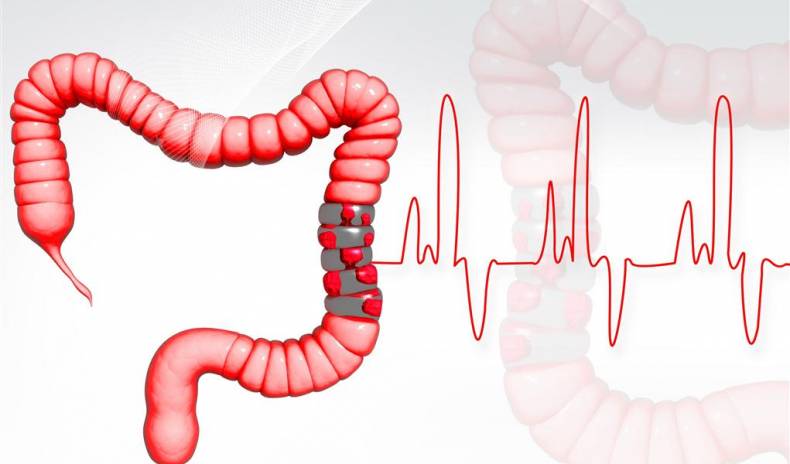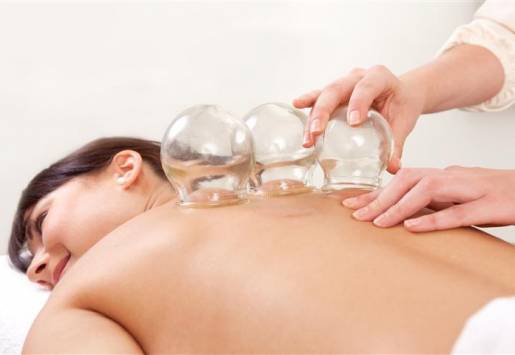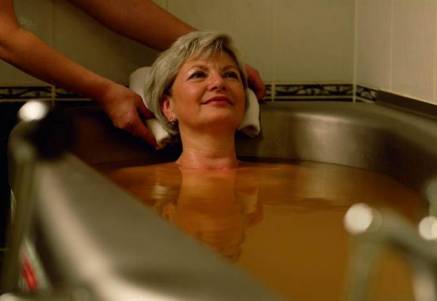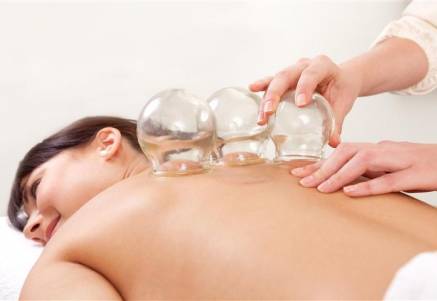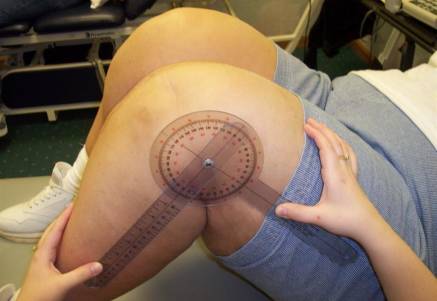Colon hydrotherapy, also known as acolonic as well as colonic irrigation, encompasses a number of alternative medical therapies intended to take away feces and non specific toxins from the colon and intestinal tract.
The colonic therapeutic treatment stimulates bowel activity by using the body's natural nerve & muscular response mechanisms, so is essentially a natural therapy. Laxatives are used toinitiate a reaction by acting in diverse ways, such as by irritation orreversing the osmotic gradient.
By using the body's natural nerve & muscular activity colonic hydrotherapy may help to firmness and exercisethe bowel, thus aiding the evacuation of waste both throughout & aftertreatment.
Colonic therapy is used as a natural treatment for those who suffer from a range of bowel conditions. One of the best things about colonic hydrotherapy is that the benefits of the treatment are very personal to the client. This means that as a client you will realizehow you feel after the treatment.
You do not have to make any special changes to your diet plan or life-style before a treatment, though many people choose to take a treatment when embarking upon a new health regime.
After lying on your left side toallow the speculum to be gently inserted, your psychotherapist will ask you to turn onto your back. To help elimination of waste & gas pockets your psychotherapist may use gentle belly massage methods.
Occasionally herbal infusions areused during a colonic therapy & a probiotic (friendly bacteria) implant may be given afterwards if indicated. Again your head the rapist will discuss yourtherapy with you during the session.
The process:
Water is introduced into the colon through a special pump with a low pressure. The water stream encourages the decontamination of the blood, the liver and the lymphatic system, which also aids the colon inelimination of the food that has not been broken down entirely.
In Colon hydrotherapy we use water that has been sterilized due to UV light, and the pressure facilitates them toget to all the way up to the ascending colon, which is 180 cm away from the annus. A individual disposable speculum is introduced into the annus. Aparticular slim plastic tube is attached to the speculum & it introduces the water into the colon. At the other end there is a thick tubular pipe, through which the waste exits the body.
Each procedure is particularized, but as a guide we quote around 50-60 liters of filtered water is used for every procedure. But, only small amounts of water are allowed to come into the bowel at any one time. The water acts as a stimulant to tell the bowel it is full, and the bowel muscle responds by contracting and eliminating waste substance & the water. It acts in the similar way as when your bowel is full typically & you have the feeling you want to go to the rest room.
The water pressure is carefully controlled and is in fact lower than is ordinarily generated during a bowel progress.
How many treatment options arenecessary?
Your psychotherapist will converse with you your particular motivation for choosing to have a colonic therapy. Persons have different motive for having a treatment so you will be treated asan individual. As an example the therapy could be offered as a cycle of 4 colonic irrigation procedures in a 2 week period. A colon cleanse is meant toget the appropriate balance of bacteria in the body, so following the initial four procedures, regular cleanses are suggested. A purification treatment willgenerally take around forty five minutes. Once you have your first cycle ofcleanses, you should follow up every 8 to 12 months.
Is colonic hydrotherapy safe?
Yes indeed. The filtered water is administered at low pressure so there is no danger of bowel damage. All equipment used is either disposable or sterilized using hospital-approved supplies or regularly serviced autoclaves. Above all, each therapist is well trained for providing the procedure.
Contra-indications for performing acolonic procedure:
There are diseases where a colonic treatment would not be recommended. These include conditions such as active infections, active inflammation (for example diverticulitis, ulcerativecolitis, etc.) a painful fissure as well as painful hemorrhoids. In such cases procedure cannot be carried out until they are healed or in remission. Treatment optionsare also not performed during the first twenty weeks of pregnancy, & not at all during problematical pregnancies.


